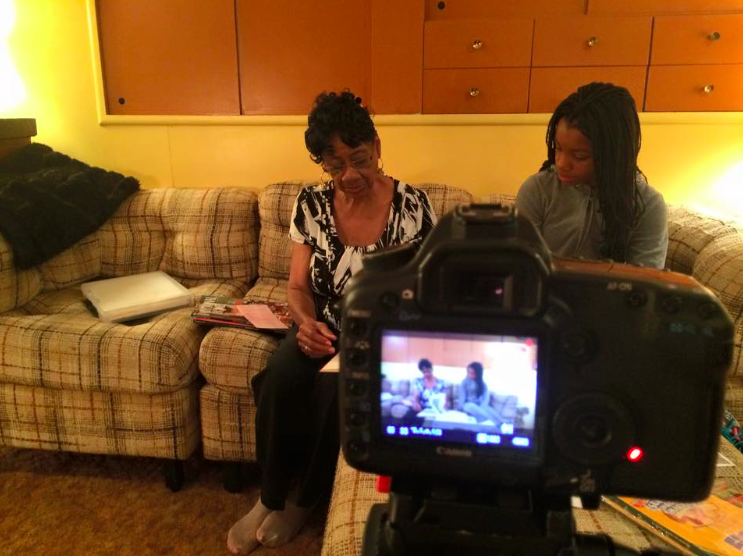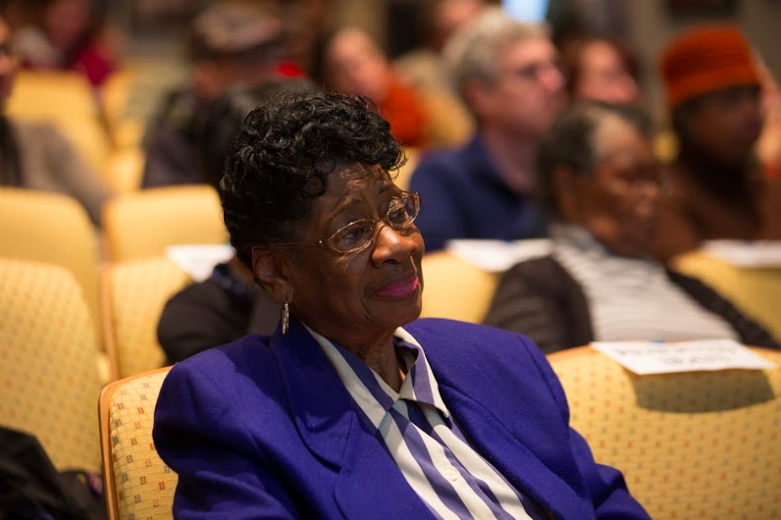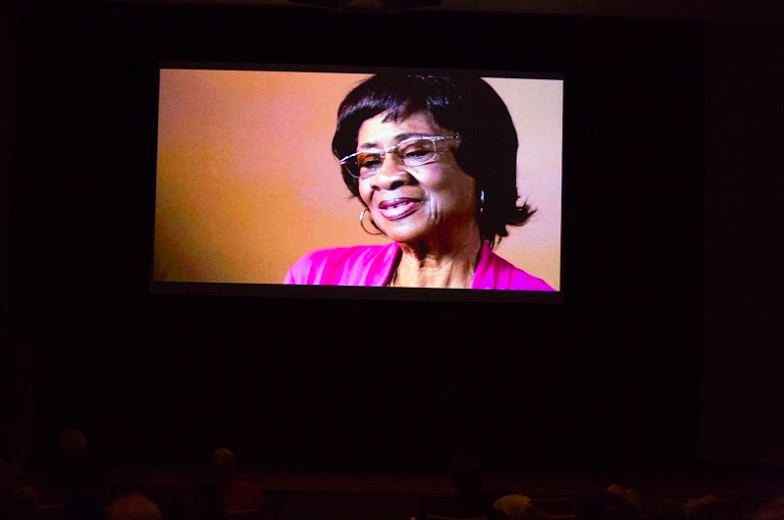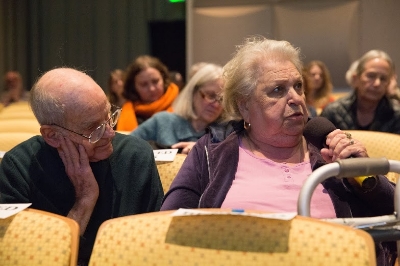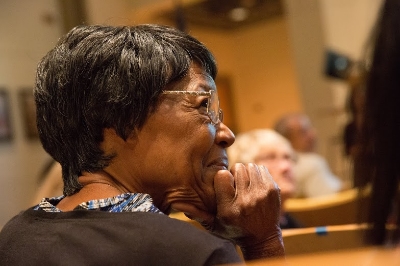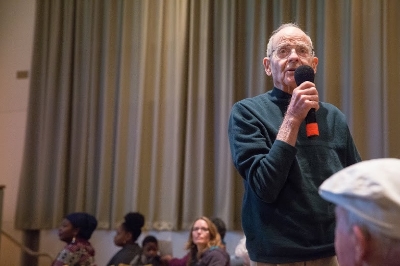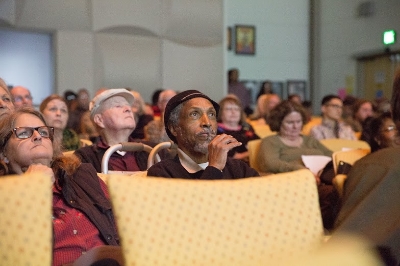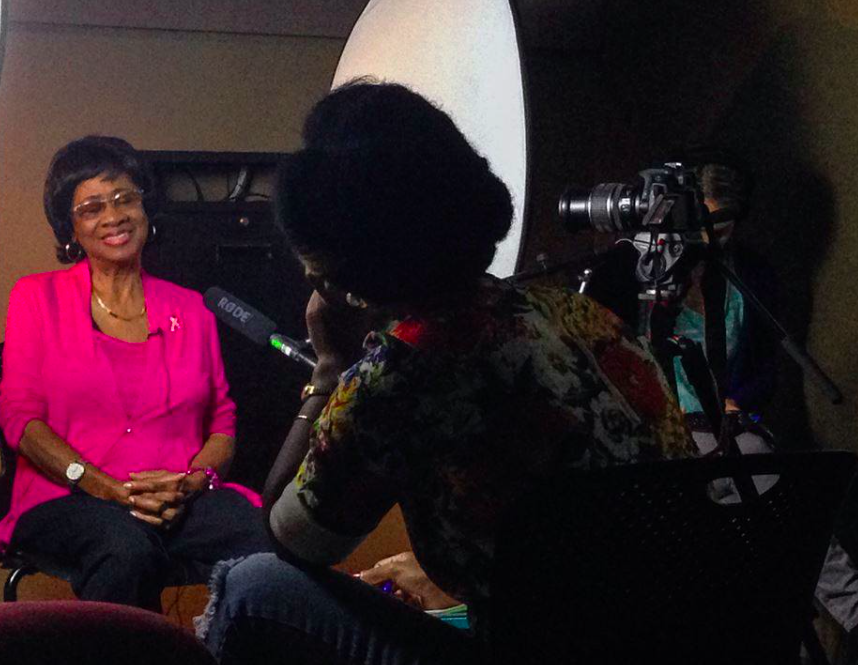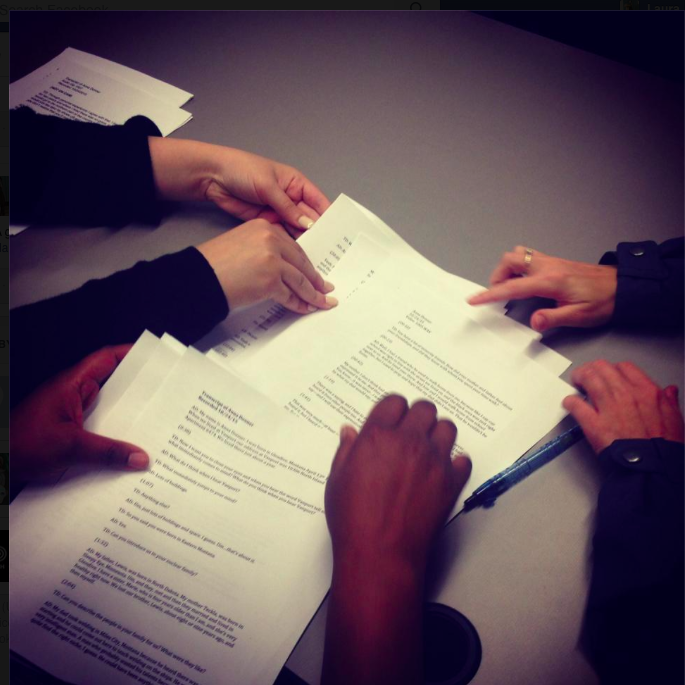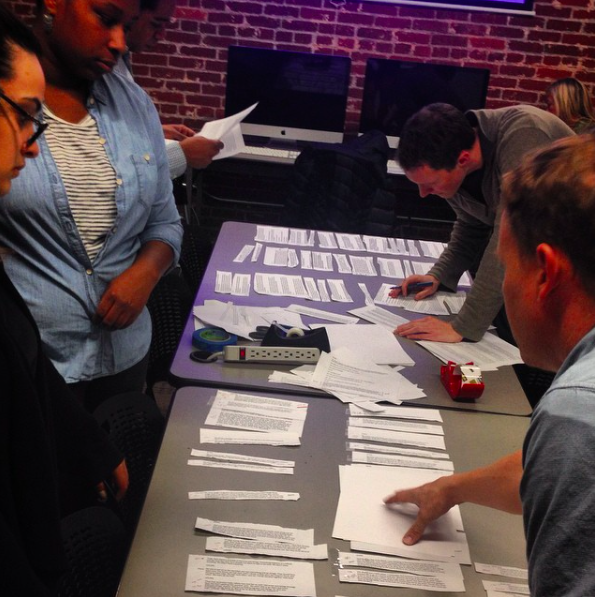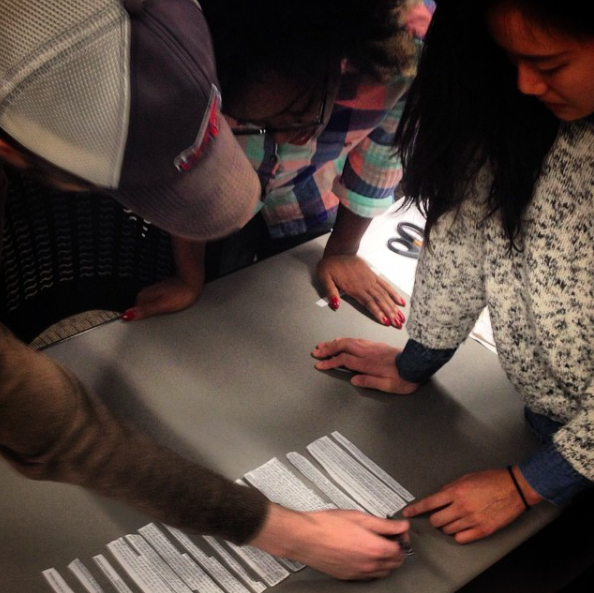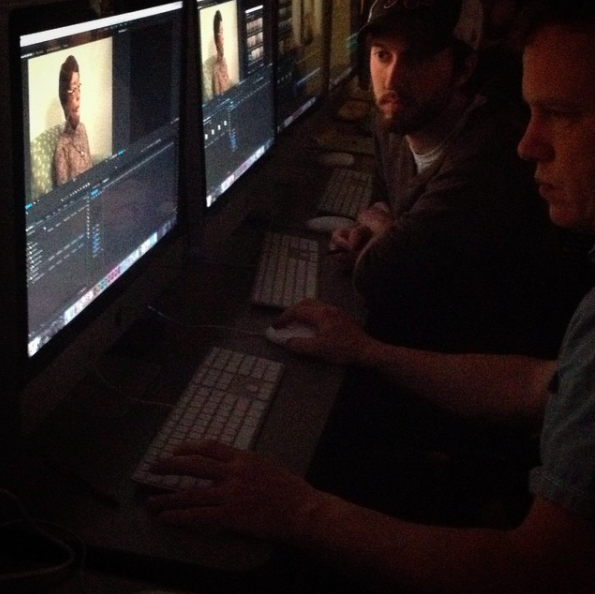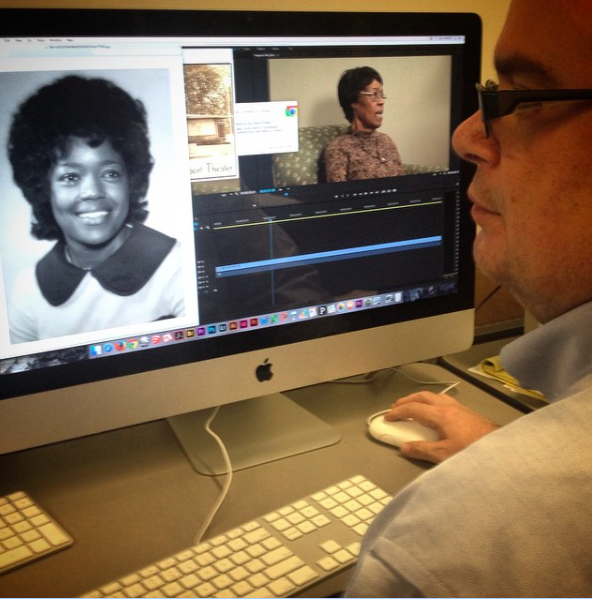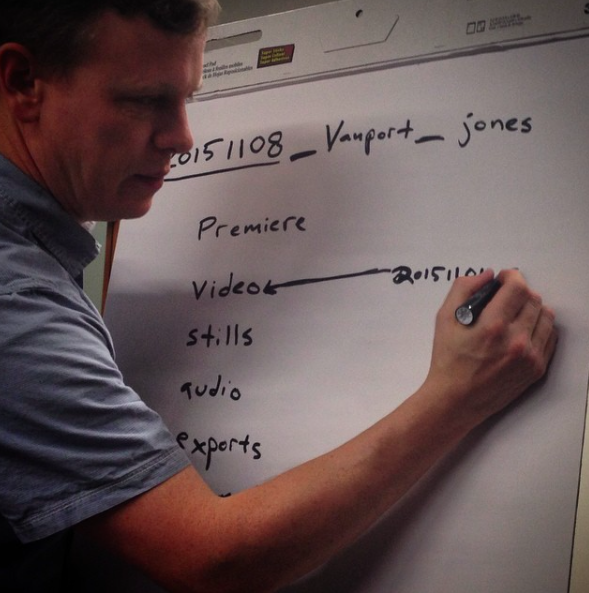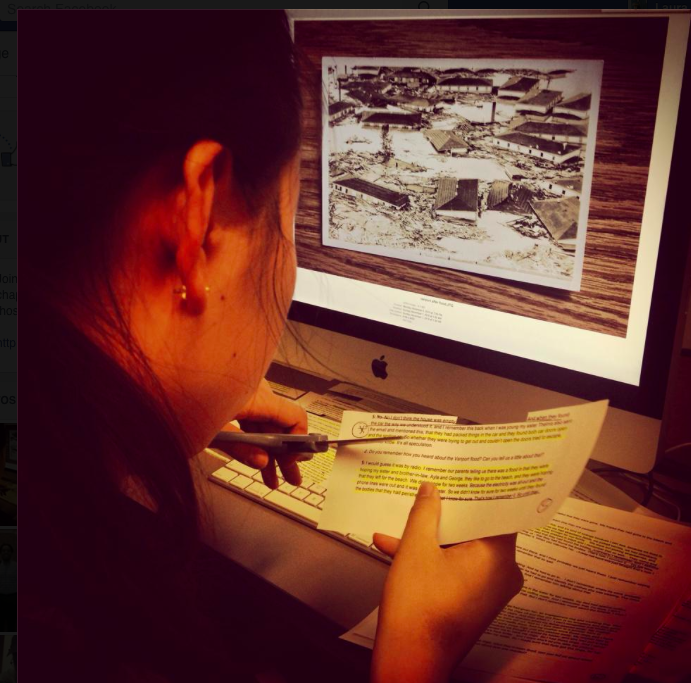When we started looking for former Vanport residents willing to be interviewed as part of our community-based oral history project, we struggled to find them. Of the few contacts we made, only a handful were interested in participating. Others were struggling with their health, and some simply declined, sounding wary and distrustful.
A year later, we have a growing list of people wishing to share their memories. What changed?
Those of you who have been part of our free storytelling and media-production workshops, or attended one of our screenings, heard me talk about “the gift of a story.” As someone who abandoned the journalistic approach of “getting the story” to embrace the role of a “story midwife,” someone who invites and nurtures personal narratives, this is the language that reflects my beliefs, and those who end up working with me. We see the personal stories as an antidote to the historical amnesia surrounding Vanport, and the unwillingness to recognize its legacy.
Our gratitude to those who share their memories is sincere. It is reflected in the care that dozens of volunteers have been putting into translating the hour-long interviews in powerful short multimedia pieces. This project is a collective effort to honor the voice of each narrator and contribute to a mosaic that is forming a fascinating, multi-layered, and complicated larger narrative.
At the public screenings of the stories, hundreds of people gather to celebrate the survivors and their memories. Tears are shed, laughter is heard, and smiles are shared. It’s called empathy. And so, event after event, more Vanport survivors attend to remember together and to share the gift of those memories with us. Vanport has been forgotten by us, not by them.
“A story being told to you and a story being lived is two different stories," Mr. Wallace Sanders said in his interview. Thanks to Mr. Sanders and other survivors, we are slowly starting to learn about the community, the relationships, and the events that so much shaped Portland and Oregon. The good and the bad. A story told as a gift, and received as such, is a story that will be remembered.
- Laura Lo Forti, Story Midwife





